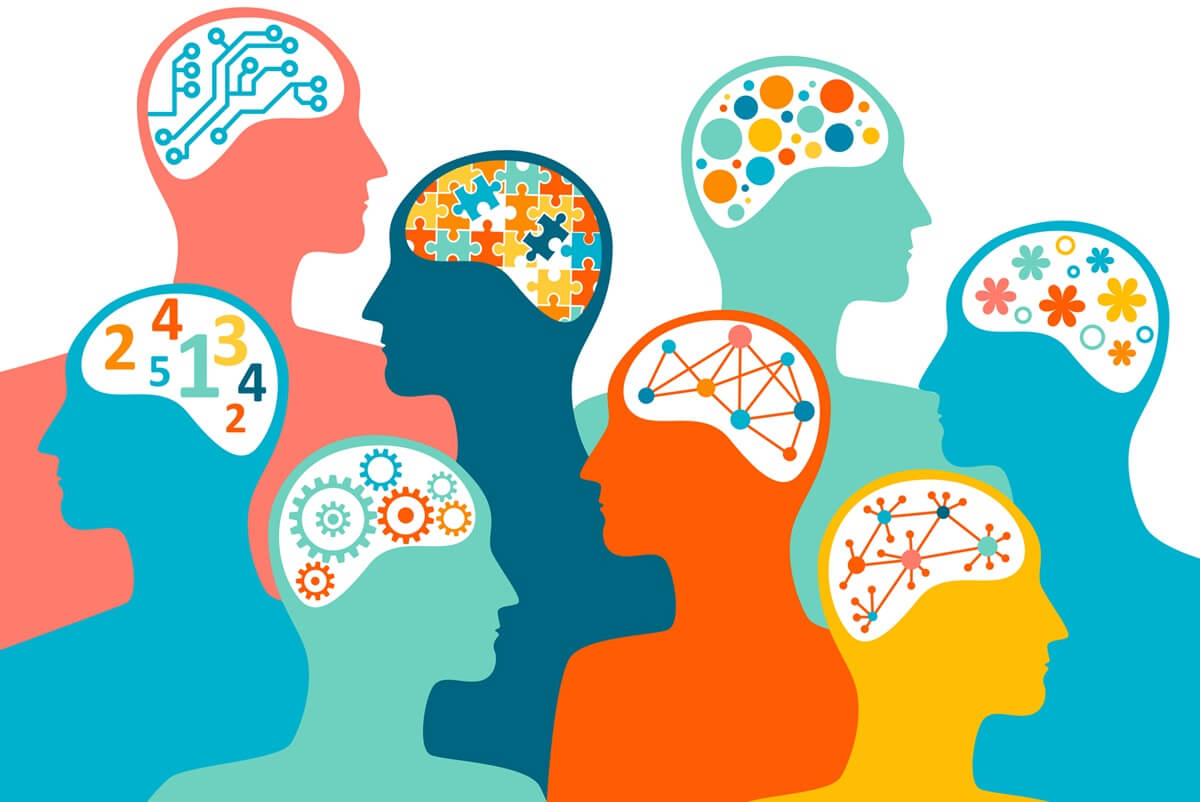Key Facts About Your Brain:
- Shaped by evolution, especially of emotional and relational capacities; for example, the bigger the primate social group, the bigger the brain
- 3 pounds, 1.1 trillion cells, including 100 billion “gray matter” neurons
- Always “on” – 2% of the body’s weight uses about 25% of its oxygen
- Average neuron has about 1000 connections (synapses), 100 trillion in all
- Synapses fire 1 to 100 times a second; quadrillions of synapses activate each minute
- Brain regions linked by neural pulses synchronized within a few milliseconds
- Highly interconnected network full of circular loops: awareness of awareness…
- Number of possible brain states: 1 followed by a million zeros
- The most complex object known in the universe
Your Mind Changes Your Brain. Your Brain Changes Your Mind.
- Both temporarily, in electrochemical waves lasting mere milliseconds, and permanently, as existing synapses get strengthened and new ones get made
- As circuits get used, they strengthen their connections; “neurons that fire together, wire together.” Your experience matters, leaving an enduring trace behind.
- London taxi drivers have thicker regions that create visual-spatial memories.
- Mindfulness and concentration meditations activate different parts of the brain.
- Brain activity generates mental activity (mostly forever outside awareness).
- Trauma shrinks the hippocampus, which becomes less able to create new memories.
- More active left frontal lobes foster positive emotions.
You can use your mind to change your brain to benefit your whole being.
For example, meditation and related practices (such as mindfulness-based stress reduction [MBSR]):
- Trigger patterns of neural pulsing that produce relaxed alertness
- Activate positive emotion circuits, building resilience and resistance to depression
- Increase serotonin, a neurotransmitter that supports mood, sleep, and digestion
- Thicken the anterior cingulate, strengthening attention and self-observation
- Thicken the insula, strengthening internal sensing and empathy for others
- Stimulate the parasympathetic nervous system (PNS) for relaxed well-being
- Strengthen the immune system, improve cardiovascular health, dampen chronic pain
Ways to activate brain states that support meditation:
- Establish frontal lobe direction through forming an intention for your meditation.
- Activate the relaxing PNS through full exhalations, relaxing specific muscles, etc.
- Reduce external vigilance by evoking a sense of safety and security
- Increase concentration (and support motivation) through opening to and even calling forth positive emotions such as gratitude, happiness, contentment, or tranquility
- Register wholesome experiences in emotional memory by savoring them
- Encourage release of self through giving up conscious control of breathing
- As needed, increase stimulation by sensing the whole body breathing, walking, etc.
We share this article with permission. This article originally appeared on Dr. Rick Hanson’s blog.











